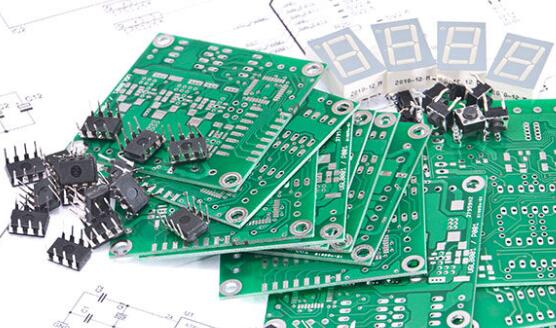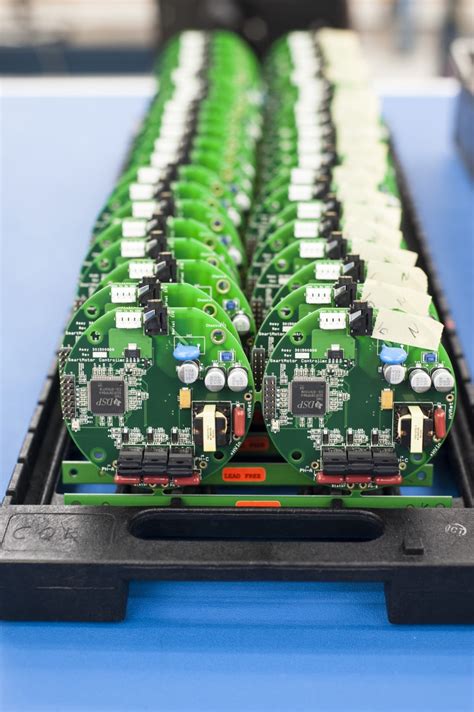Low Cost PCB Manufacturing: Strategies, Technologies, and Benefits
Introduction
Printed Circuit Boards (PCBs) are the backbone of modern electronics, found in everything from consumer gadgets to industrial machinery. As demand for affordable electronics grows, manufacturers and designers seek ways to reduce PCB production costs without sacrificing quality. Low-cost PCB manufacturing has become a critical focus for startups, hobbyists, and large-scale producers alike.
This article explores the key strategies, technologies, and benefits of low-cost PCB manufacturing, covering design optimizations, material choices, fabrication techniques, and sourcing options.
1. Key Strategies for Reducing PCB Manufacturing Costs
1.1 Design Optimization
Efficient PCB design is the first step toward cost reduction. Key considerations include:
- Panelization: Maximizing the number of PCBs per panel reduces material waste.
- Layer Count: Fewer layers (e.g., 2-layer instead of 4-layer) lower fabrication costs.
- Standard Sizes: Using standard PCB dimensions avoids custom cutting fees.
- Minimizing Complex Features: Reducing via counts, blind/buried vias, and fine-pitch traces cuts costs.
1.2 Material Selection
- FR-4 vs. High-Frequency Materials: Standard FR-4 is cheaper than specialized substrates.
- Thinner Copper Layers: 1 oz copper is more cost-effective than thicker options.
- Lead-Free vs. HASL: Hot Air Solder Leveling (HASL) is cheaper than ENIG (Electroless Nickel Immersion Gold).
1.3 Batch Ordering & Economies of Scale
- Larger production runs reduce per-unit costs.
- Combining multiple designs into a single panel (PCB pooling) saves money for small-batch orders.
1.4 Choosing the Right Manufacturer
- Local vs. Overseas Suppliers: Chinese manufacturers (e.g., JLCPCB, PCBWay) offer competitive pricing.
- Online PCB Services: Companies like OSH Park and Seeed Studio provide low-cost prototyping.

2. Technologies Enabling Low-Cost PCB Production
2.1 Automated PCB Fabrication
- Laser Direct Imaging (LDI): Replaces traditional photomasks, reducing setup costs.
- CNC Drilling & Routing: High-precision automation minimizes errors and labor costs.
2.2 Advanced PCB Printing Methods
- Inkjet Printing: Emerging technology for ultra-low-cost prototyping.
- Direct Copper Printing: Eliminates etching steps, reducing chemical waste.
2.3 Open-Source & Modular Design Tools
- KiCad, Eagle, & Altium: Free or low-cost PCB design software.
- Design Rule Checks (DRC): Automated checks prevent costly manufacturing errors.
2.4 Flexible & Rigid-Flex PCBs
- Thin, flexible PCBs reduce material usage and assembly costs in some applications.

3. Benefits of Low-Cost PCB Manufacturing
3.1 Faster Prototyping & Innovation
- Affordable PCBs enable rapid iteration, benefiting startups and engineers.
3.2 Wider Accessibility
- Hobbyists and students can experiment with electronics without high costs.
3.3 Competitive Product Pricing
- Lower PCB costs allow companies to offer cheaper consumer electronics.
3.4 Reduced E-Waste
- Efficient manufacturing reduces scrap material and supports sustainability.
4. Challenges & Trade-offs
While low-cost PCB manufacturing offers many advantages, some trade-offs include:
- Lower Tolerance Levels: Cheaper processes may have looser tolerances.
- Longer Lead Times: Overseas shipping can delay deliveries.
- Limited Customization: Some manufacturers restrict advanced features.
5. Future Trends in Affordable PCB Manufacturing
- AI-Driven Design Optimization: Machine learning can suggest cost-saving layouts.
- 3D-Printed Electronics: Additive manufacturing may further reduce costs.
- Blockchain for Supply Chain Transparency: Ensures ethical sourcing of materials.
Conclusion
Low-cost PCB manufacturing is revolutionizing electronics by making circuit boards more accessible and affordable. Through smart design choices, material optimizations, and leveraging automated fabrication technologies, businesses and individuals can produce high-quality PCBs at a fraction of traditional costs. As technology advances, the industry will continue to innovate, driving prices down while maintaining reliability and performance.
By adopting these strategies, engineers, startups, and manufacturers can stay competitive in an ever-evolving electronics market.







